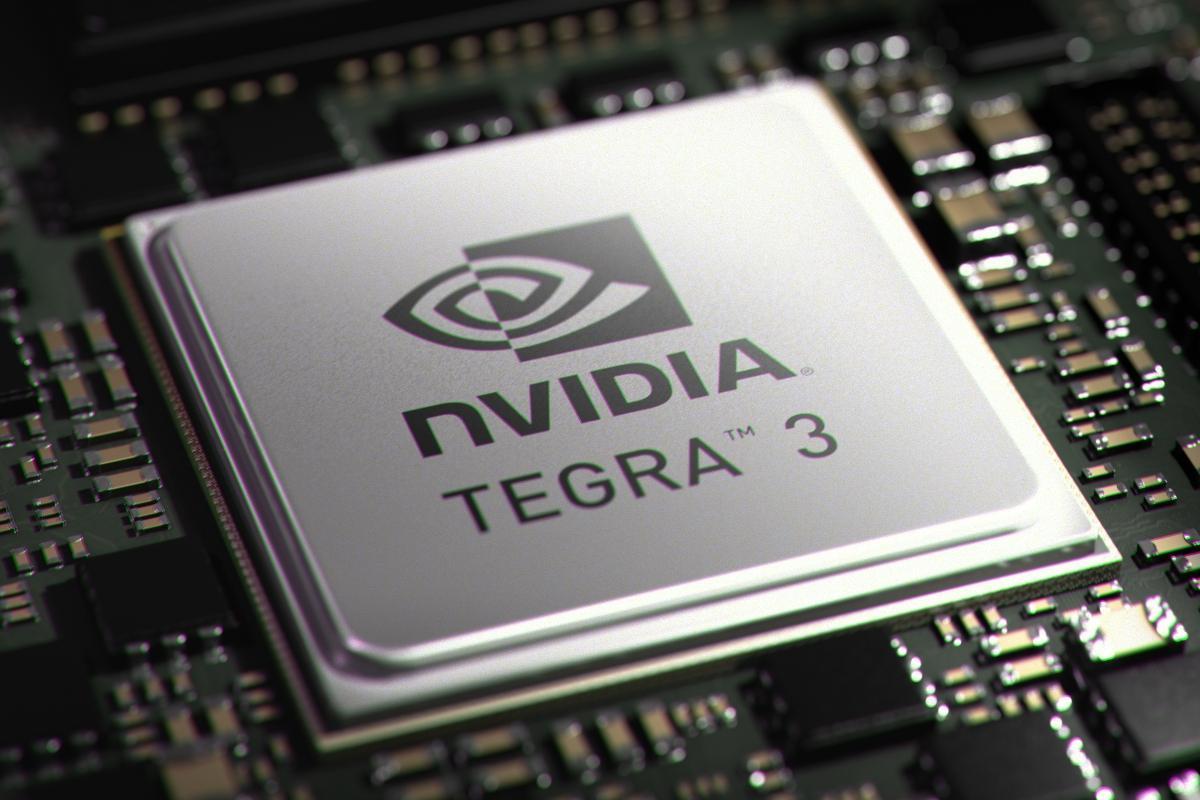
With each passing year and even month, smartphones become more powerful and more capable than we would have ever imagined just a few years back. I still remember the days where specifications weren't all that important and people bought mobile phones for basic features instead – camera, memory card slot, headphone jack, full QWERTY keyboard, etc. Now it's all about every last detail, and buying your next phone is as hard, if not harder, than picking up your next PC.
Last year was the year of the Snapdragon. After a handful of topnotch HTC handsets debuted the Snapdragon in early 2010, it largely became the standard for top smartphone performance throughout the year. This year, however, has been the year of the dual-core. More specifically, it has been the year of the Tegra 2. Other dual-cores have made their way into handsets, like Samsung's Exynos and even dual-core Snapdragons. But the first mobile dual-core came in the form of NVIDIA's Tegra 2, and it has easily been the most widely adopted dual-core in both smartphones and tablets.
Unfortunately, it doesn't end there. Since the smartphone boom and Android's Law have come to be, component manufacturers have ramped up both production and innovation. Not only are CPUs becoming faster and more powerful, they're becoming more compact, too. This is leading to thinner, more lightweight devices and a market full of power-hungry, speed demon consumers, who have to have the latest and greatest, no matter what.
Enter the Tegra 3.
Codenamed Kal-El, Superman's real name, the Tegra 3 is a quad-core (penta-core, technically) CPU meant to power our pocket computers and tablets in the not too distant future. And by the looks of it, the Tegra 3 is well on its way to becoming the standard processor of 2012. But is any of this even necessary anymore?
The most recent improvements in smartphone processing power have been fantastic. The past three dual-core handsets I've owned, and in the plethora of ones I've tested and toyed with, there has been next to no lag, and performance has been spectacular. Performance hiccups are quickly becoming a thing of the past.
So what is the point of two more cores? Sure, things can be processed with even more power; optimized applications and software should never bottleneck again. But I'm a power user and I have had plenty of trouble trying to bog down the dual-core Amaze 4G, even with the resource hog, Sense UI running atop Android 2.3. Not to mention the arrival of Ice Cream Sandwich brings hardware acceleration by default, which will undoubtedly add to the smoothness and performance, even in underpowered devices.
Personally, I don't see the point. I would rather see improvements in other areas like more RAM, a better GPU, better battery life, better cameras and other areas that have become stagnant. Performance is about to hit its peak (for the time being, anyway) and the Tegra 3 is simply overkill. Rest assured, it will eat quadrant standard tests for breakfast. But the noticeable difference between dual-core and quad-core in real world performance, from a pocket-sized device, will be negligible ... if at all. There is no single task or even multiple, simultaneous tasks I can imagine I would ever want to do from my phone that would require four cores. This may, however, change in the future as smartphones become the brain of your PC. And for all we know, this could be the initial build-up for that. But for now, it is above and beyond, bragging rights and spec-bumping.
In the Tegra 3's defense, it should suit tablets well. They are becoming more desktop-like with every passing moment. I use my Galaxy Tab for all kinds of laborious tasks and a boost to performance would be more than welcomed. And I cannot wait for the Tegra 3-powered Transformer Prime.
The only feasible reason I can see for manufacturers to bump handsets to the Tegra 3, or any other respective quad-core processor is to save on battery life. Android has always been pretty poor when it comes to battery life, and I'm sure OEMs are looking to spare a few minutes at every turn. Remember that fifth core in the Tegra 3? It's clocked at only 500MHz, which is enough to handle other mundane tasks that can operate at a much lower power state, like standby and music playback. Instead of blazing along at 1.2 or 1.5GHz while in standby, the fifth core kicks in when necessary. I'm not exactly sure how this is more efficient than, say, one of the four cores throttling down to 500MHz. But I'm sure it's probably more stable and will save tons on battery. Just look at the claimed battery life on the Transformer Prime as a testament, which touts and impressive 12-hour runtime (18 while docked).
Maybe I'm missing the point. But I would much rather see OEMs focus on other aspects of the phone making process. What say you? Are you dying for a Tegra 3 in your next Android phone? Or do you, like me, see it as overkill and want the amount of attention that CPUs are getting focused elsewhere?
Image via Android Central